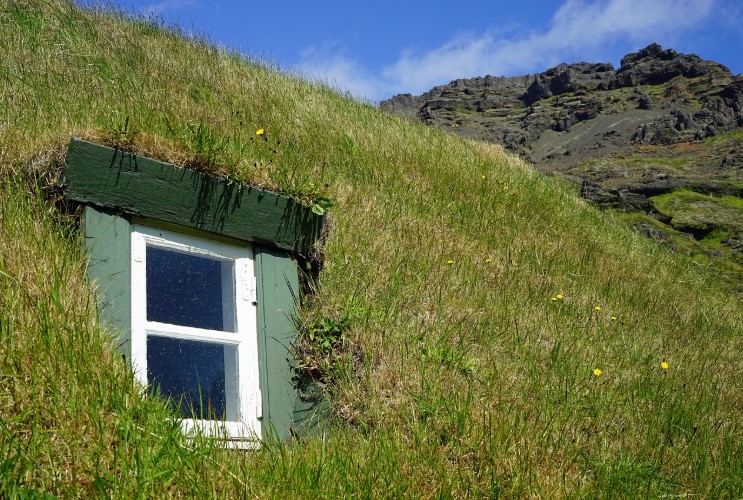Energy efficiency has become a top priority in modern construction, especially in multifamily housing developments. With rising energy costs and stricter building regulations, incorporating energy-efficient windows is an essential step toward sustainability and cost savings. This article explores the benefits, features, and selection criteria for energy-efficient windows in new multifamily construction projects.
Benefits of Energy-Efficient Windows in Multifamily Buildings
Energy-efficient windows offer multiple advantages beyond just reducing energy consumption. These benefits include:
- Lower Utility Bills – Energy-efficient windows reduce heating and cooling costs by minimizing heat loss in winter and heat gain in summer.
- Improved Indoor Comfort – These windows help maintain a consistent indoor temperature, enhancing comfort for residents.
- Environmental Impact Reduction – Lower energy usage leads to decreased carbon emissions, supporting eco-friendly building practices.
- Increased Property Value – Buildings equipped with energy-efficient features tend to have higher resale and rental values.
- Noise Reduction – Enhanced window insulation also helps in soundproofing, which is crucial for multifamily housing in urban areas.
Features of Energy-Efficient Windows
When selecting energy-efficient windows for multifamily construction, consider the following features:
1. Low-E Glass Coating
Low-emissivity (Low-E) glass coatings help reflect heat while allowing natural light to enter. This reduces heat loss during winter and minimizes heat gain in summer.
2. Multiple Panes
Double-pane or triple-pane windows provide enhanced insulation by trapping air or inert gas (such as argon or krypton) between the layers, reducing heat transfer.
3. Gas Fills
Inert gases like argon or krypton are used between window panes to improve insulation and prevent heat loss.
4. Quality Frame Materials
The type of frame material affects energy efficiency. The most common options include:
- Vinyl – Low-maintenance and cost-effective with good insulation properties.
- Fiberglass – Durable and offers superior thermal performance.
- Wood – Provides natural insulation but requires regular maintenance.
- Aluminum with Thermal Breaks – Includes insulating barriers to improve efficiency.
5. Warm Edge Spacers
These spacers help separate panes of glass, reducing heat transfer at the edges and improving overall insulation.
6. ENERGY STAR Certification
Windows certified by ENERGY STAR meet stringent energy efficiency guidelines set by the U.S. Environmental Protection Agency (EPA) and Department of Energy (DOE).
Choosing the Right Energy-Efficient Windows for Multifamily Construction
When selecting windows for multifamily buildings, keep the following factors in mind:
1. Climate Considerations
Different regions require different types of energy-efficient windows. For example:
- Cold Climates – Look for high solar heat gain coefficient (SHGC) windows to allow passive solar heating.
- Hot Climates – Opt for low SHGC windows to reduce heat gain.
- Mixed Climates – Choose windows with a balance of insulation and solar control.
2. Window Orientation
- South-facing windows should maximize natural light while minimizing heat gain.
- North-facing windows should prioritize insulation.
- East and west-facing windows may require shading to reduce glare and heat gain.
3. Building Code Compliance
Ensure the windows meet local and national building codes related to energy efficiency and safety standards.
4. Cost vs. Long-Term Savings
While energy-efficient windows may have a higher upfront cost, they offer long-term savings through reduced energy expenses and increased property value.
Installation Best Practices
Proper installation is crucial for maximizing energy efficiency. Some best practices include:
- Ensuring a tight seal to prevent air leaks.
- Using professional installers experienced in energy-efficient window installation.
- Applying weatherstripping and caulking to enhance insulation.
- Checking for proper alignment and fit during installation.
Common Myths About Energy-Efficient Windows
Myth 1: Energy-Efficient Windows Are Too Expensive
While the initial investment is higher, the long-term savings on energy bills outweigh the costs.
Myth 2: They Do Not Make a Significant Difference
Energy-efficient windows can reduce heating and cooling costs by up to 30%, making a noticeable impact on energy consumption.
Myth 3: Only Cold Climates Benefit from Energy-Efficient Windows
These windows help regulate indoor temperatures in both hot and cold climates, making them beneficial everywhere.
FAQs
1. What is the best type of energy-efficient window for multifamily buildings?
The best type depends on the climate, but double-pane or triple-pane windows with Low-E coatings and gas fills provide excellent insulation.
2. Do energy-efficient windows qualify for tax credits?
Yes, many energy-efficient window installations may qualify for federal or state tax incentives. Check with local energy programs for eligibility.
3. How much can energy-efficient windows save on utility bills?
They can reduce heating and cooling costs by 20-30%, depending on climate and window quality.
4. Are there any drawbacks to energy-efficient windows?
The main drawback is the initial cost, but this is offset by long-term energy savings and increased property value.
5. Can existing windows be upgraded for better efficiency?
Yes, adding window films, weatherstripping, or installing storm windows can enhance efficiency without a full replacement.
Conclusion
Incorporating energy-efficient windows in new multifamily construction is a smart investment that improves energy savings, comfort, and sustainability. By choosing the right window features, considering climate factors, and ensuring proper installation, developers can maximize efficiency and long-term benefits for both property owners and tenants.

